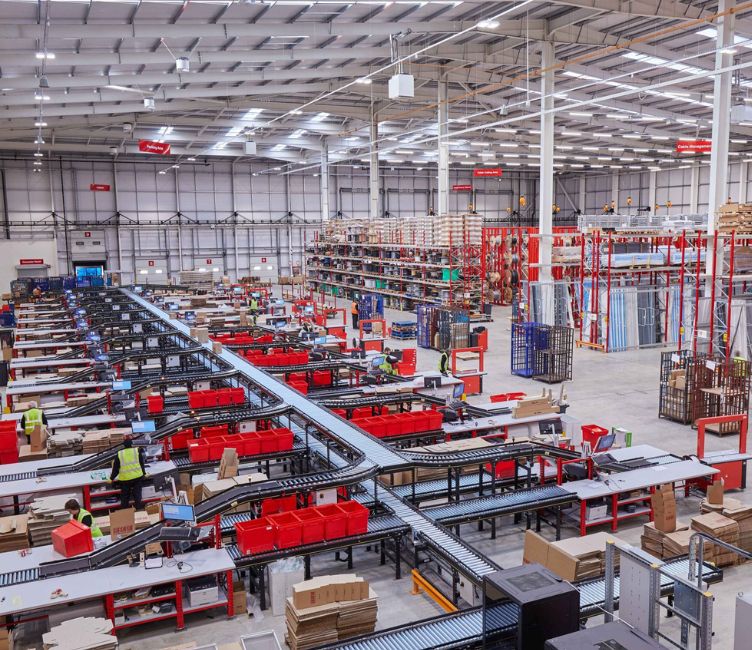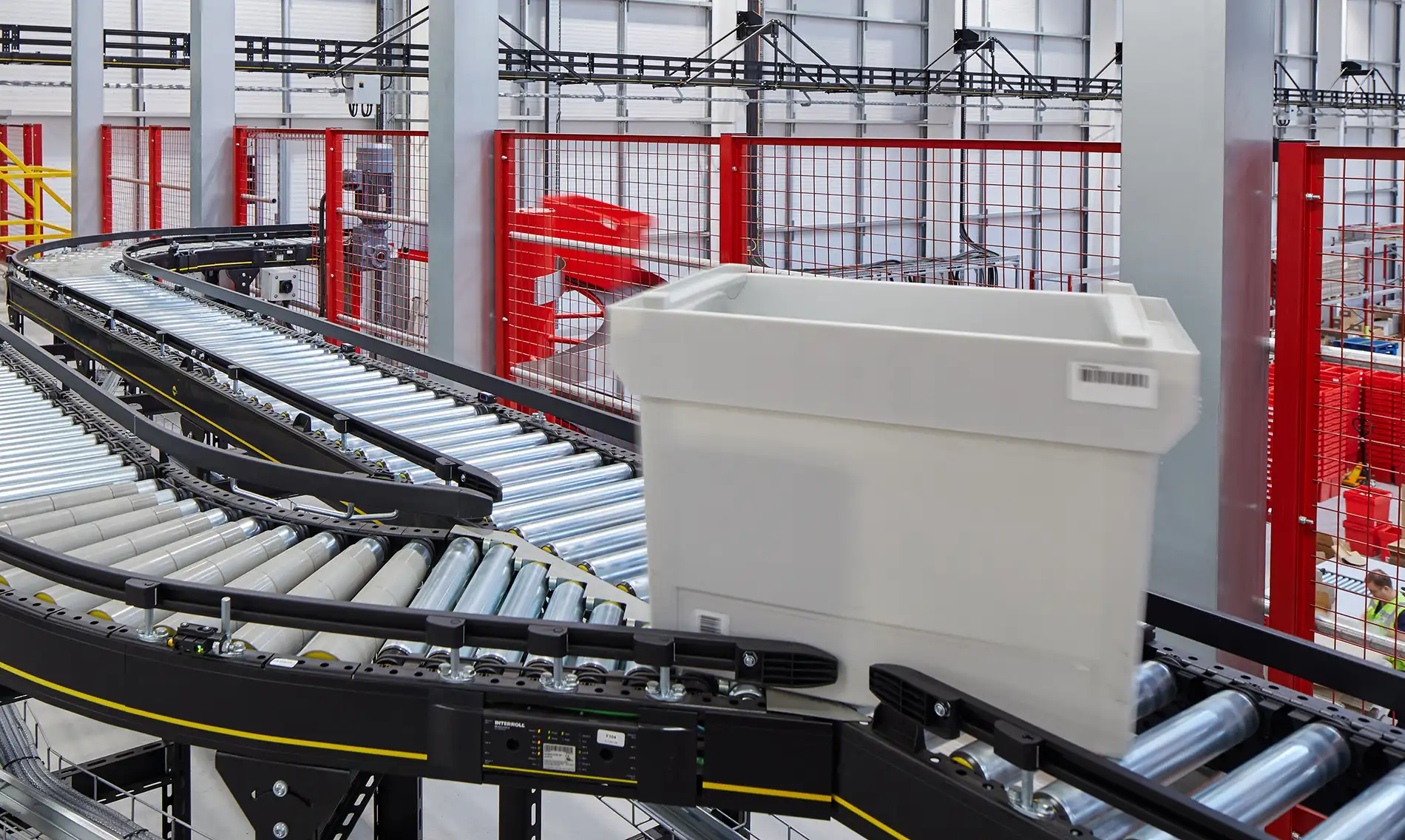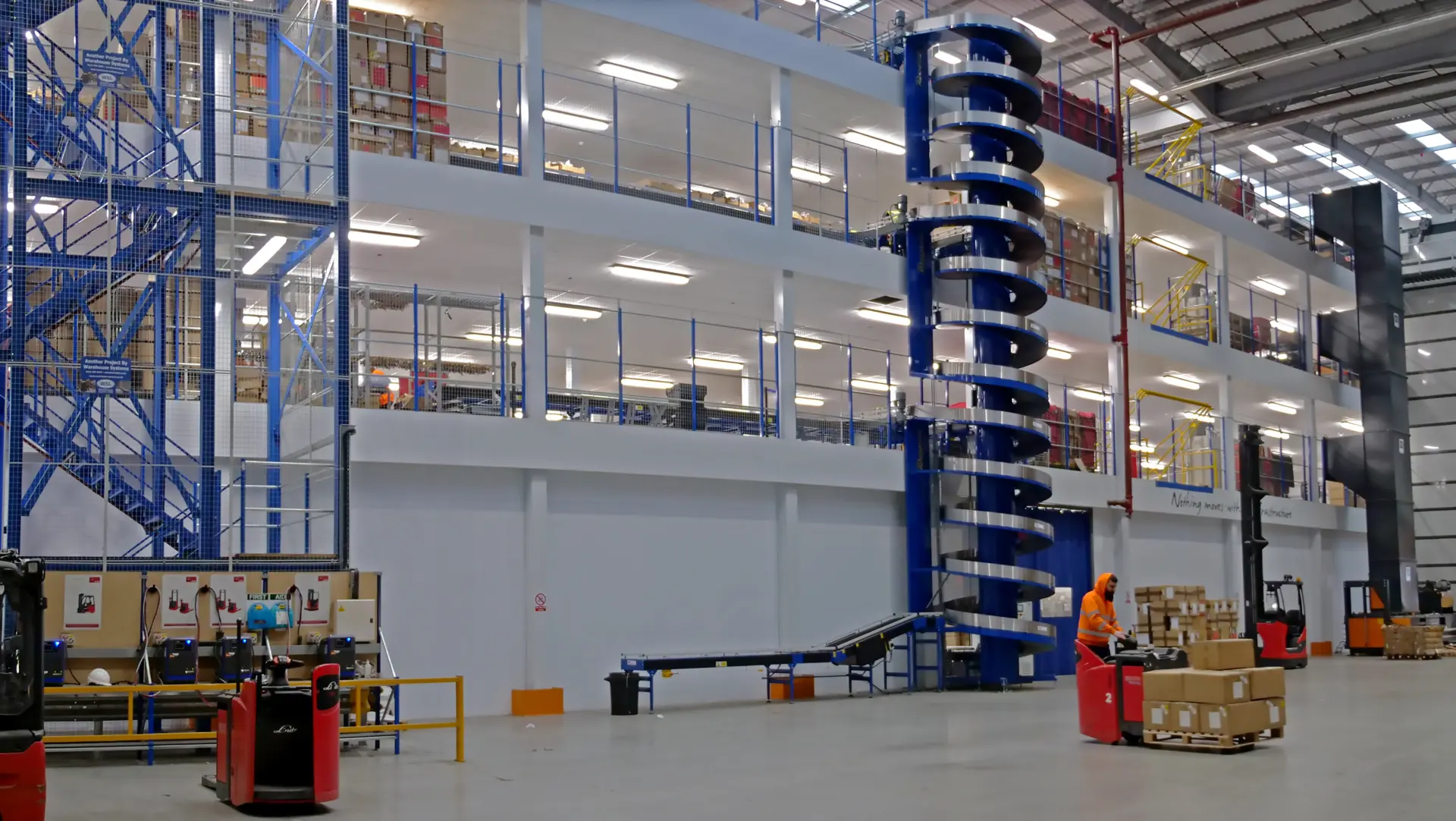Automation is a great investment a business can make to improve efficiency, accuracy, and scalability. But despite the best intentions, many projects fall short of their potential due to planning oversights, budget missteps, or simply working with the wrong partners.
At CSL Automation, we’ve helped countless businesses overcome these challenges – whether it’s through new system design, upgrades, or ongoing service and support. Here are 10 common mistakes we see time and again – and how to avoid them.

1 – Underinvesting in the right solution
Trying to cut costs at the start often leads to paying more down the line. Automation should be seen as a long-term strategic investment. If your system isn’t futureproofed or robust enough for your needs, it can end up costing more in downtime, maintenance, or replacement. If you opt for the cheapest quote just because of the price it may not cover everything you need it to. Make sure that your quotes contain like-for-like solutions and they don’t pass further costs to you after you’ve instructed them to install your automation system.
Tip: Focus on total cost of ownership, not just initial spend. Also check quotes in detail to ensure everything you need is included.
2 – Planning without clear goals
Businesses install impressive automation equipment without a clear picture of how it supports daily operations. Automation needs to be driven by your business goals — throughput, accuracy, flexibility, or all three.
Tip: Start by mapping out what success looks like, then work backwards to build the right system.
3 – Ignoring future growth
Today’s system might work – but will it in 3, 5, or 10 years? Many installations fail to account for volume growth, SKU expansion, or operational changes.
Tip: Design your automation with scalability in mind. Modular systems or future expansion options can save you major disruptions later on.
4 – Using poor-quality totes or packaging
We’ve seen perfectly good systems struggle because of one overlooked detail: the tote isn’t fit for purpose. Lightweight, damaged, or non-standard containers can cause jams, errors, and reduced speeds dramatically affecting your productivity and potentially leading to further disruption and expense.
Tip: Invest in durable, automation-friendly packaging that works with your conveyors and handling equipment.
5 – Choosing the wrong integrator
Automation only works when everything fits together seamlessly and it’s so important to conduct thorough research and choose the best integrator for your project. The wrong integrator might focus on specific technologies, rather than what’s best for your operations.
Tip: Choose an integrator who understands your sector, is technology-agnostic, and supports you beyond installation.

6 – A missing or poorly written User Requirements Specification (URS)
Your URS is the foundation of the entire project – and if it’s vague, unrealistic, or incomplete, the solution might be compromised. The right integrator can assist you in the creation of a URS but you know your business operations better than anyone. Be open minded to new suggestions as a good integrator, particularly if they’ve worked with others in your industry, can offer invaluable insight into streamlining processes.
Tip: Work with your integrator to develop a detailed, practical URS that covers functionality, throughput, growth, safety, and support.
7 – Forgetting about maintenance
An automation system is only as good as its upkeep. Without a plan for servicing, minor issues can turn into major downtime.
Tip: Put a proactive service and maintenance plan in place from day one – ideally with the team who installed your system.
8 – No spare parts strategy or budget
Downtime often comes down to waiting for a critical part. If spares aren’t available or budgeted for, that can mean hours – or even days – of disruption.
Tip: Identify high-risk components and keep essential spares onsite. CSL can advise on tailored spares kits for every system we install or maintain.
9 – Not involving key stakeholders early
Operations, IT, finance, health & safety – all should be involved from the outset. Otherwise, you risk clashes, delays, or compliance issues later on.
Tip: Form a cross-functional team early, and get buy-in from every department the automation will impact.
10 – Not preparing for post go-live
Commissioning isn’t the finish line. Without ongoing optimisation, training, and support, performance can slip.
Tip: Automation is a journey. Work with a partner who stays involved, offering improvements, monitoring, and expert support as your needs evolve.
Conclusion
The right automation partner doesn’t just deliver a system – they help you avoid these pitfalls and achieve real, measurable results. At CSL Automation, we support our customers through every stage: from consultation and design to installation, servicing, and upgrades – even if we didn’t install your original system.
If you’re planning a project, or want a second opinion on a current system, get in touch. Let’s make automation work for you.
[email protected]
01283 55 22 55














